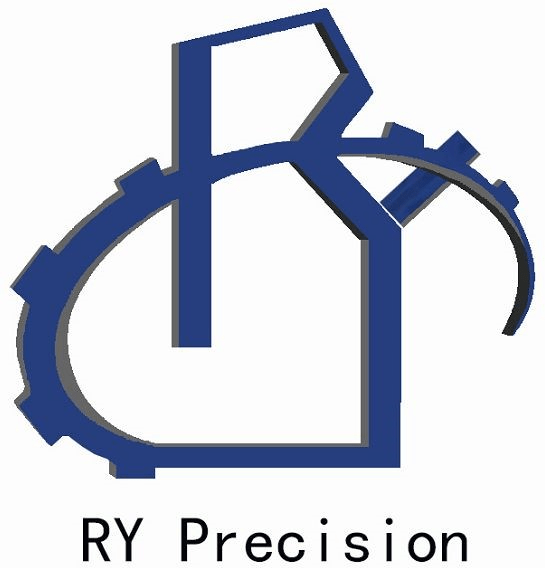
- Resources
- …
- Resources
- Resources
- …
- Resources

Rapid Prototyping
Using rapid prototyping to manufacture parts to test the fit and function of components can help your product get to market faster than competitors.
The design, material, size, shape, assembly, color, manufacturability, and strength can be adjusted according to your test and analysis results
What is Rapid Prototyping
Rapid prototyping is a common upfront step in the product development process that enables rapid iteration of the initial design of a product proposal. During the product development phase, designers or engineering teams focus primarily on the style, size, and function of a product or component. This design is often referred to as a Minimum Viable Product or MVP because it contains only the basic functionality required for testing and user feedback.
Often at this stage of product development, agile iteration is most valuable, so rapid turnaround or digital manufacturing processes such as 3D printing or CNC machining are preferred. This allows product designers to test multiple iterations or designs in a short period of time and complete product designs more quickly.
What are the Advantages of Rapid Prototyping?
The main advantages of rapid prototyping are two. First, it ensures that the product or component achieves its design goals as it can be verified through user feedback or functional testing. Second, it helps minimize costs because teams don’t need to make capital investments in tooling or manufacturing equipment needed to run part production. Conversely, smaller, more affordable manufacturing processes, such as 3D printing, CNC machining, or injection molding using aluminum tooling, can meet the manufacturing needs of rapid prototyping at significantly reduced costs.
There are dozens of ways to prototype. As the prototyping process continues to evolve, product designers are constantly trying to determine which approach or technique is best for their unique application. This white paper explores the pros and cons of the major prototyping processes available to designers today. It provides a process description and discusses the material properties of the parts produced by each specific prototype option. Additionally, helpful trees highlight key issues that designers must consider when choosing a prototyping process. Ultimately, the goal is to help you choose the best prototyping process for your product development cycle.
Comparing Prototyping Processes
Let’s Start A New Project
Contact Us
Monday - Friday 9:00 AM - 5:00 PM
+86 18148951366
contact@ryprecision.com

